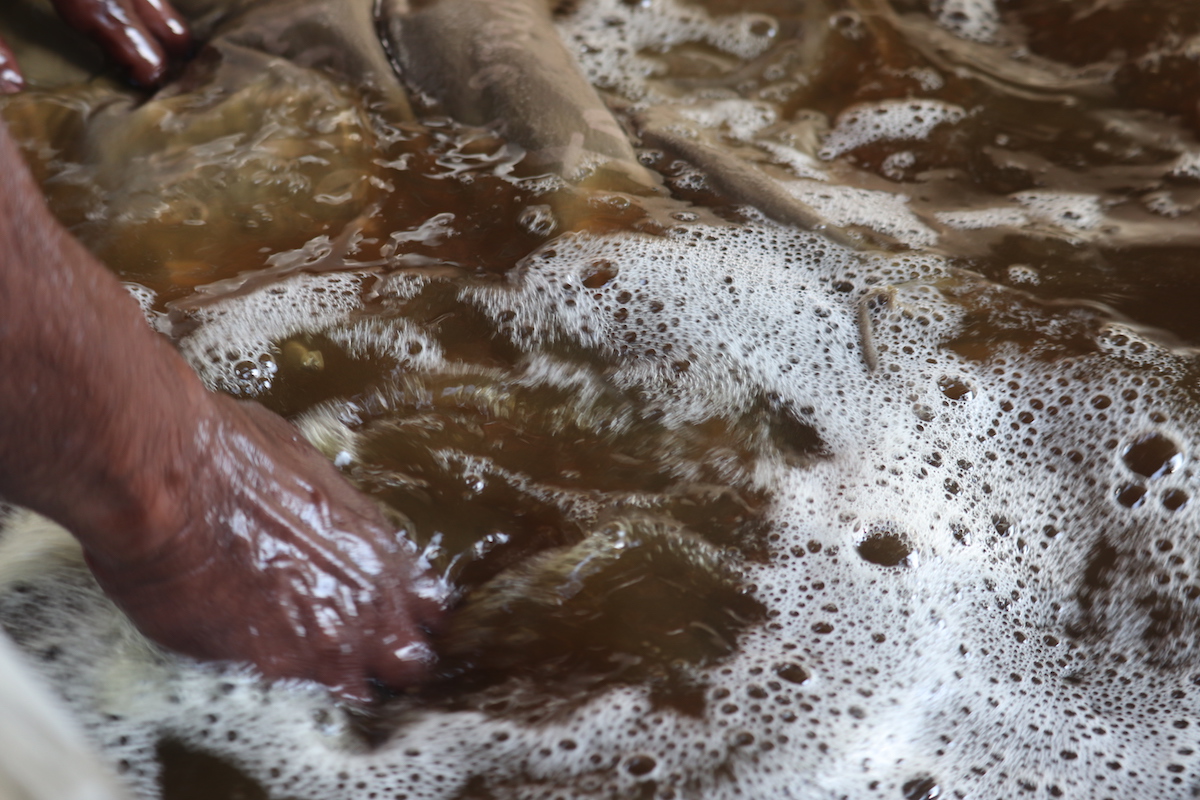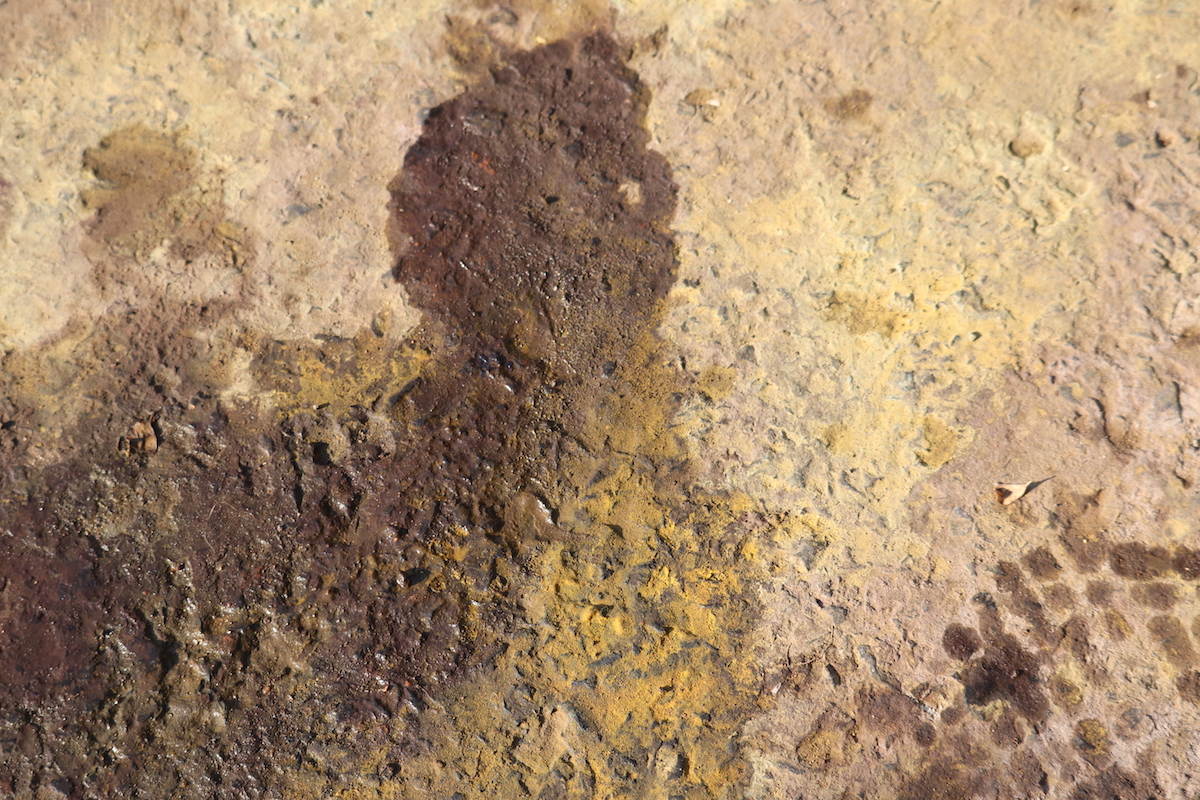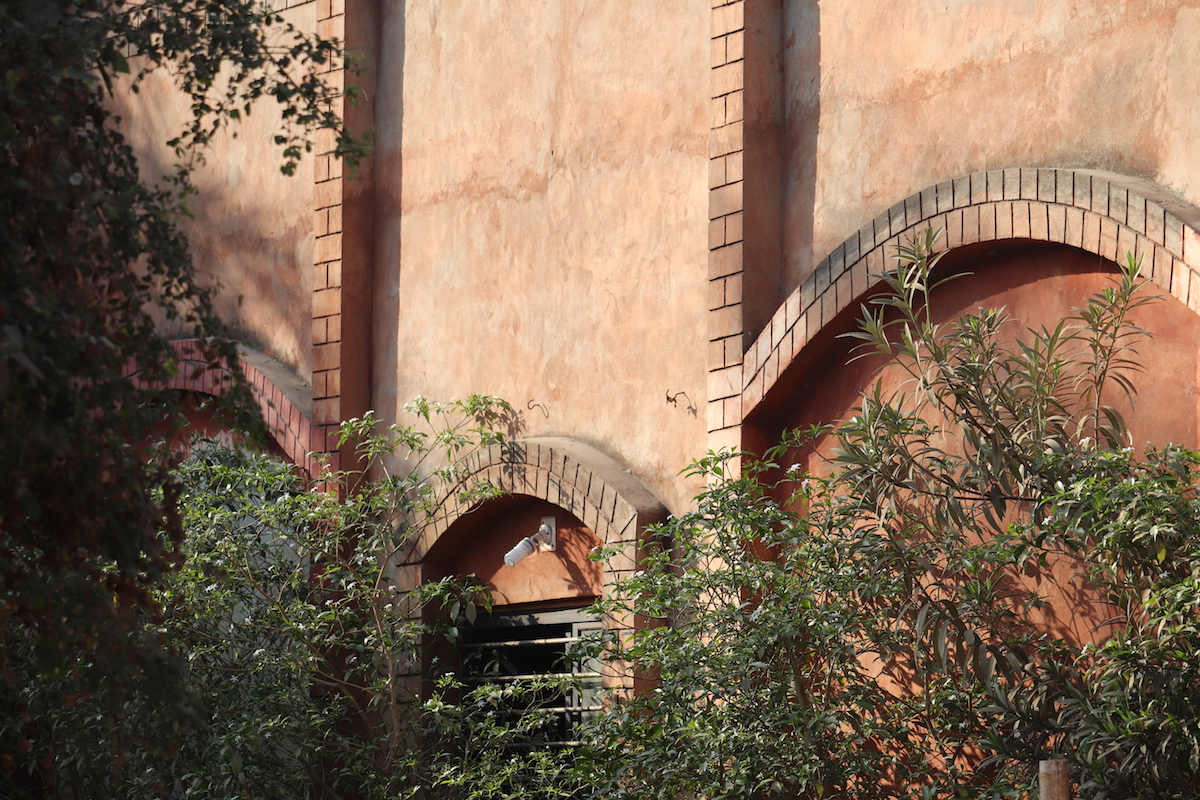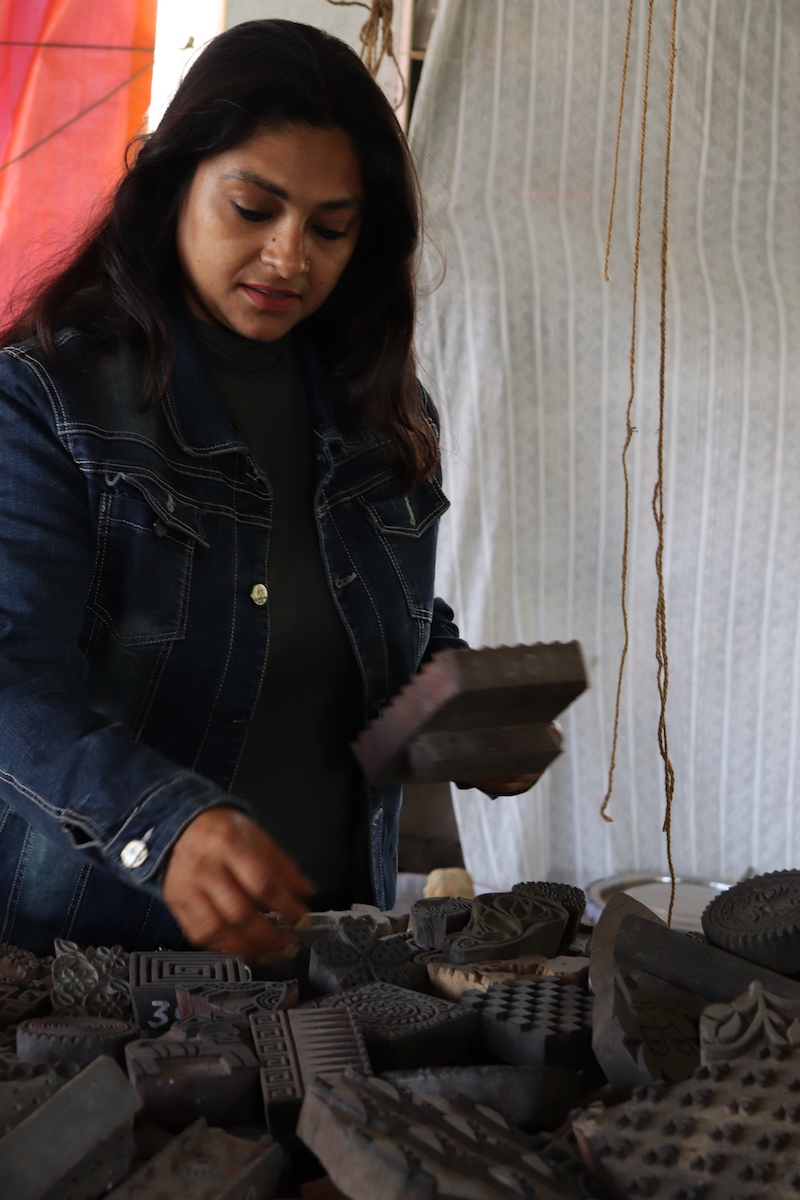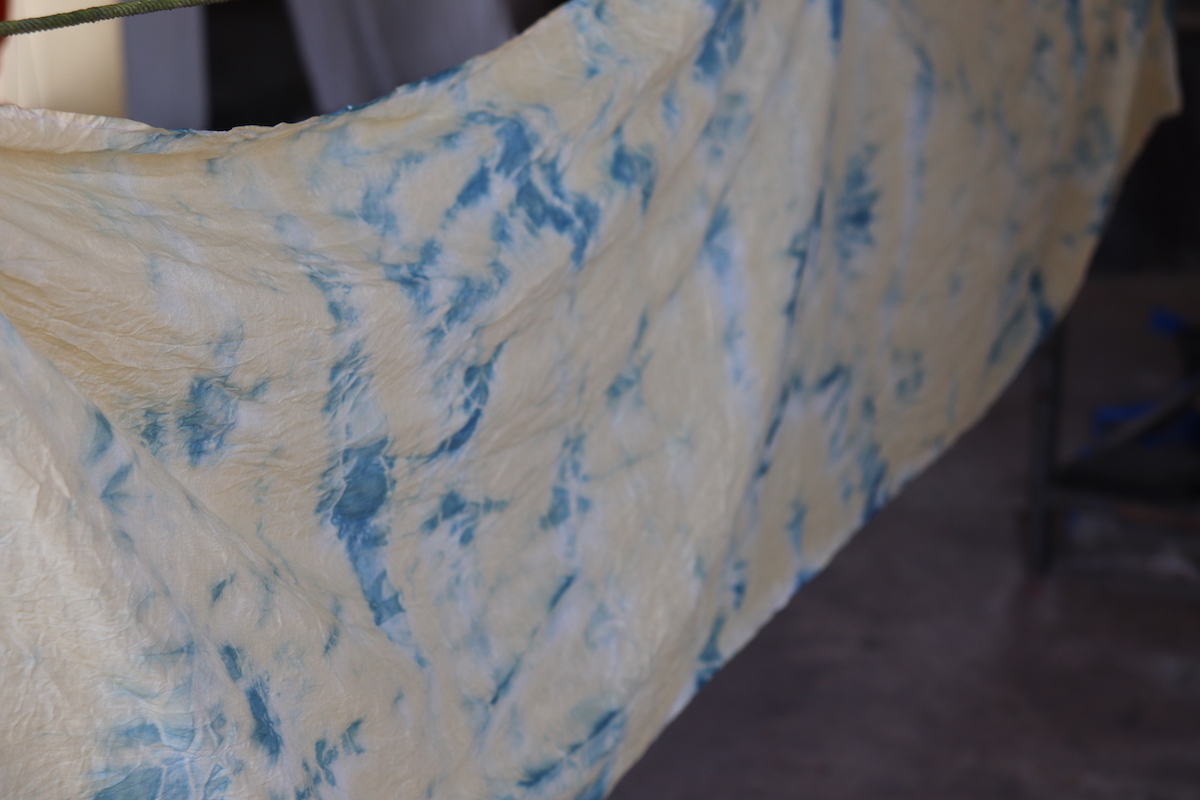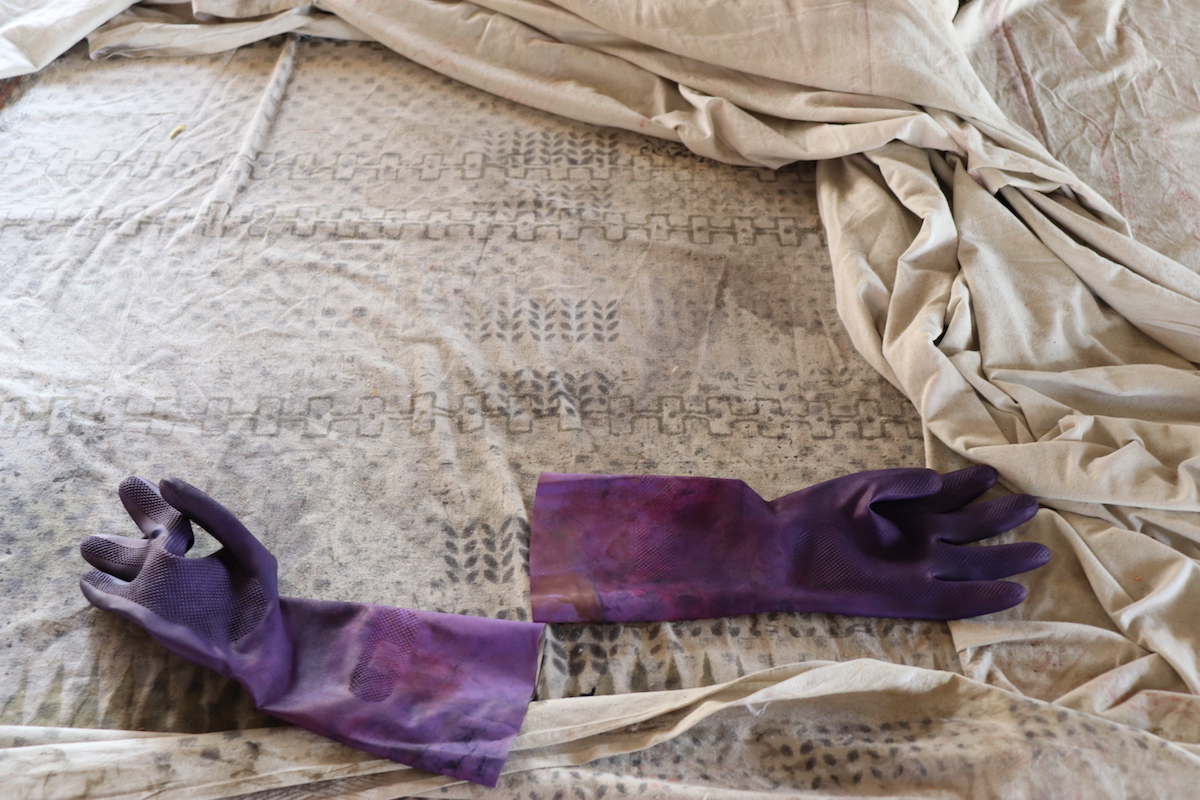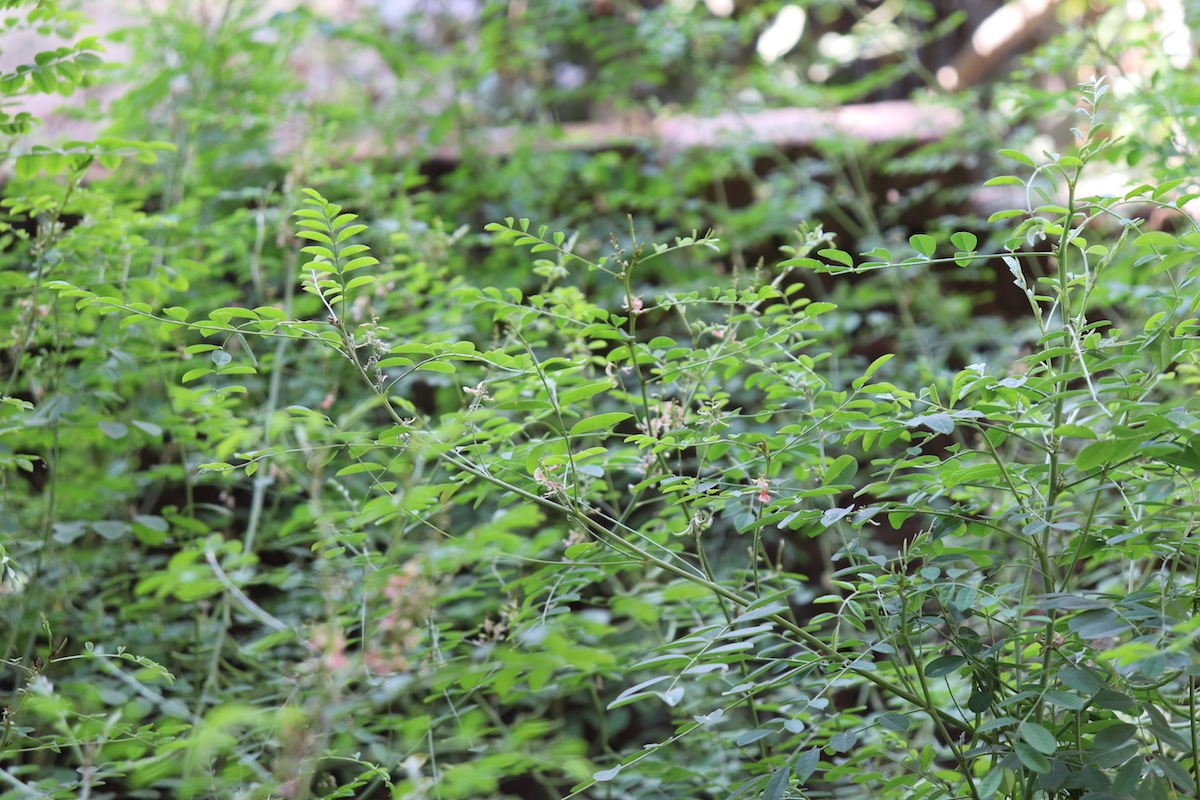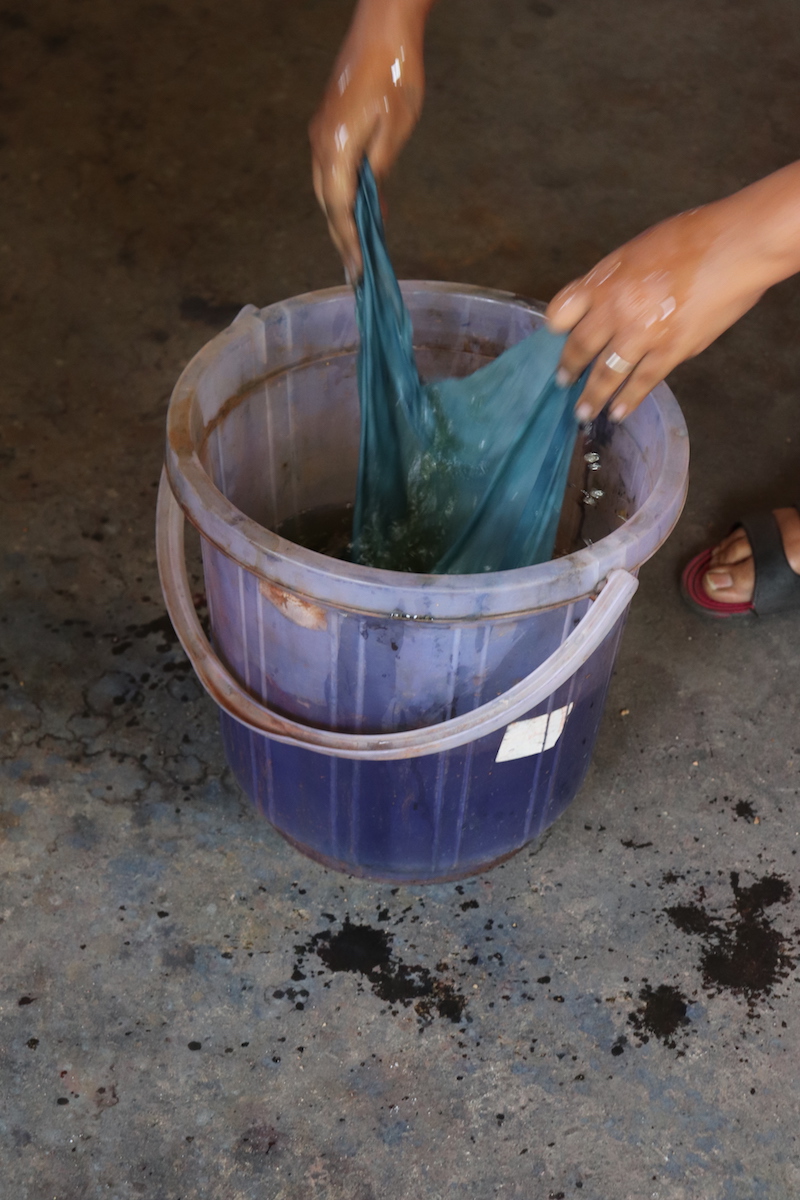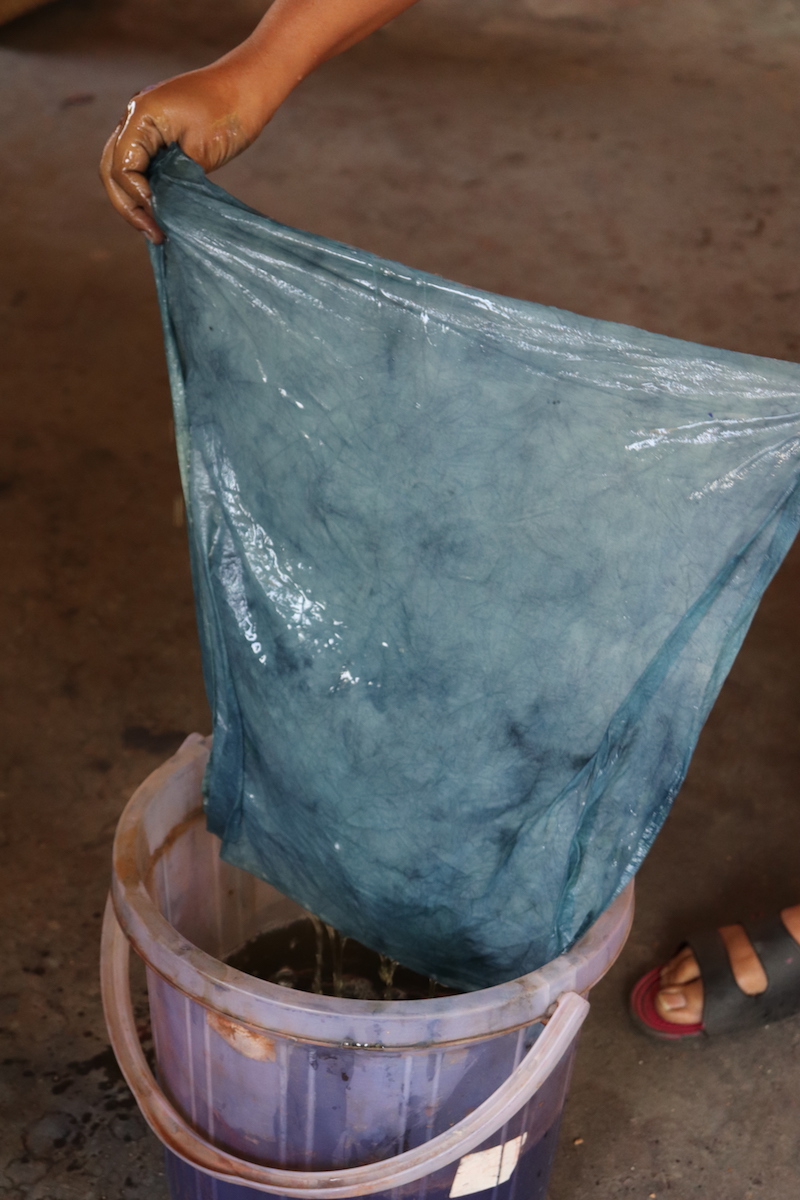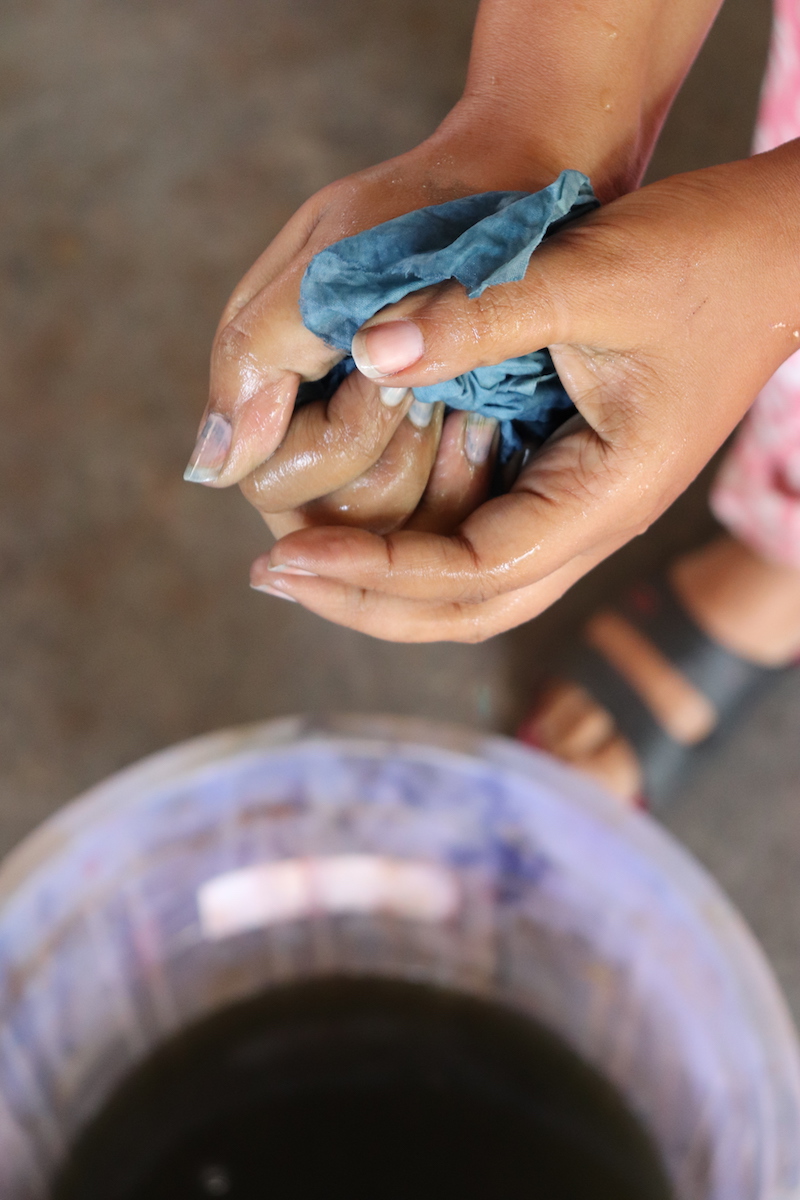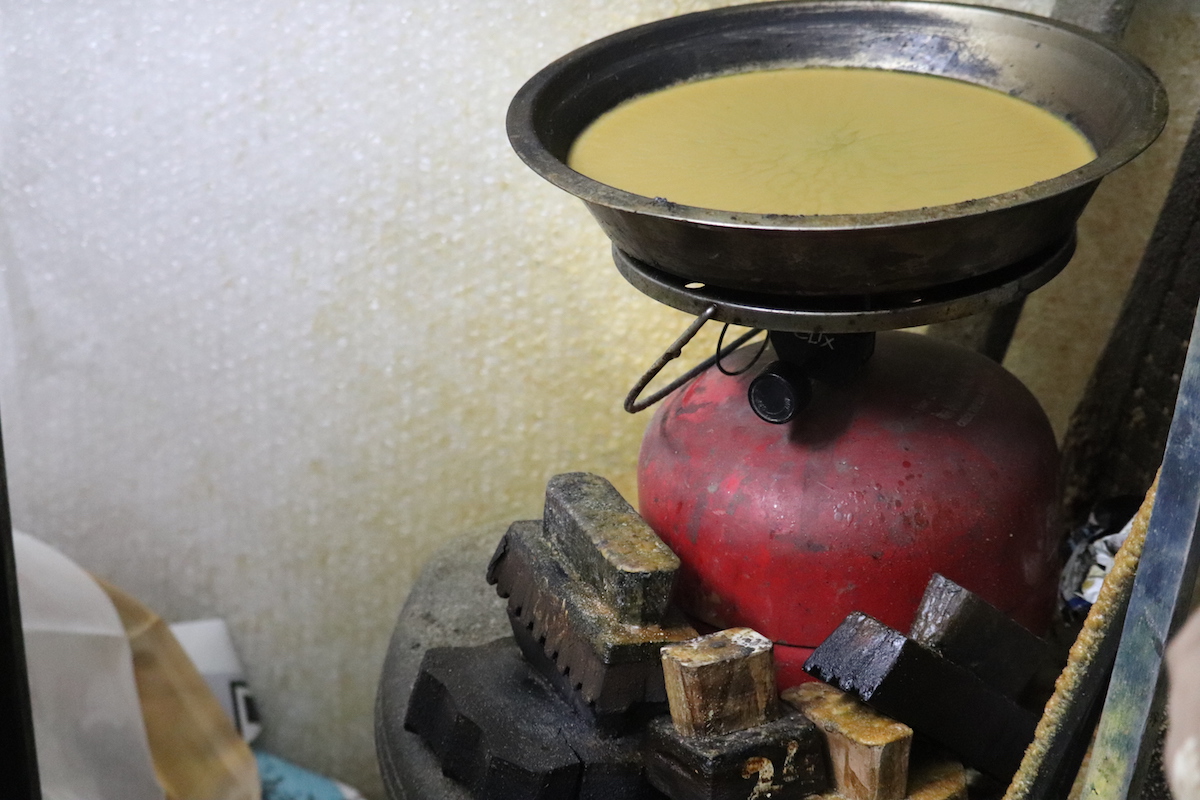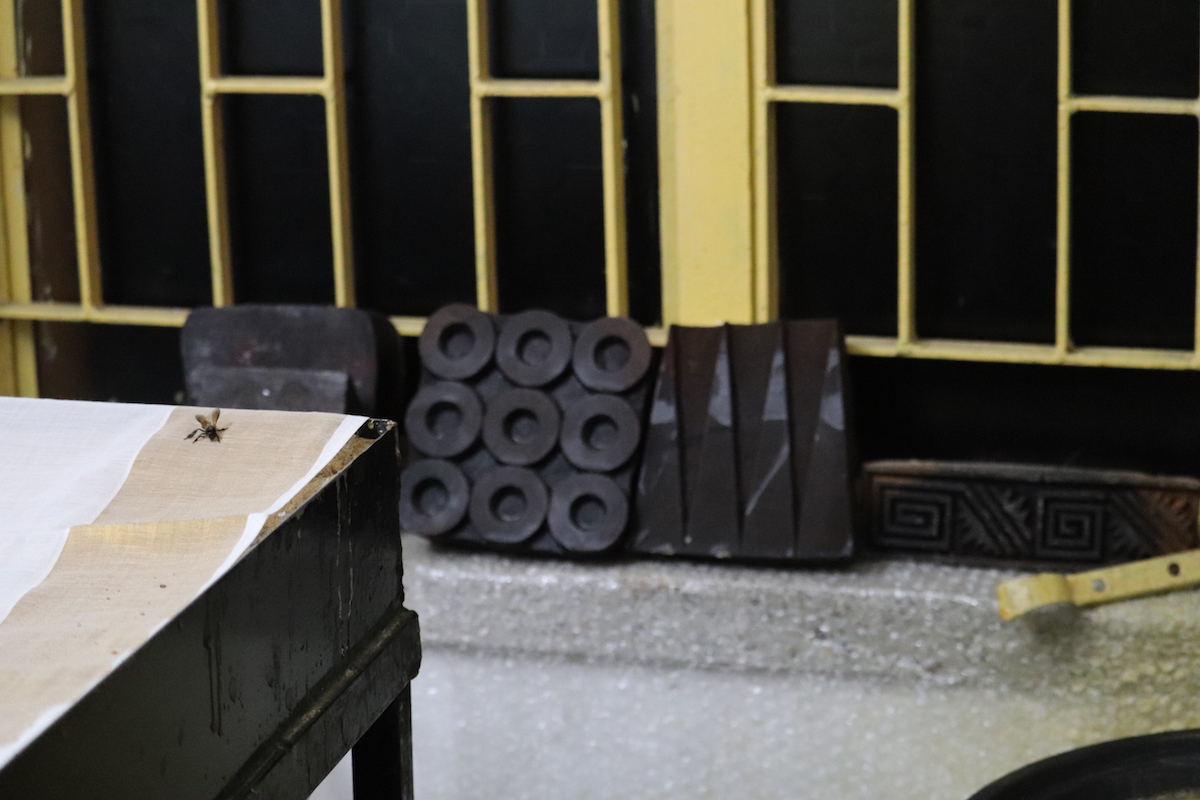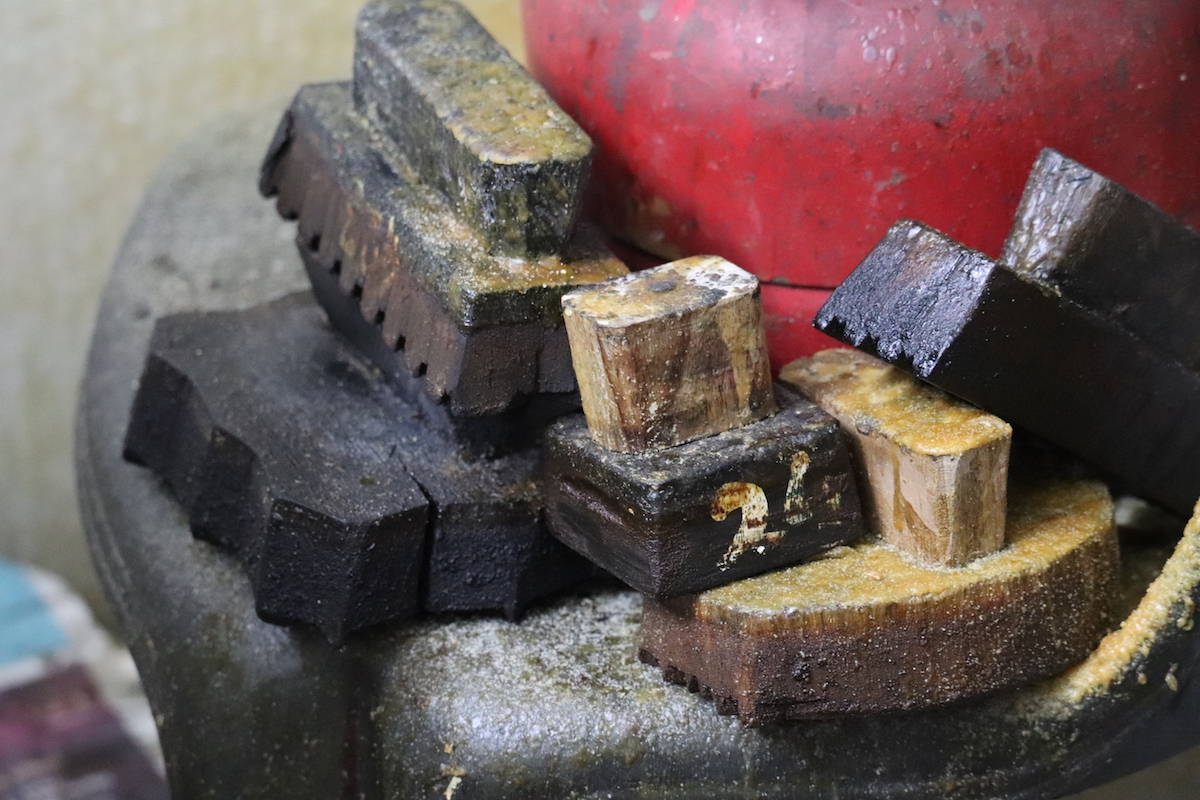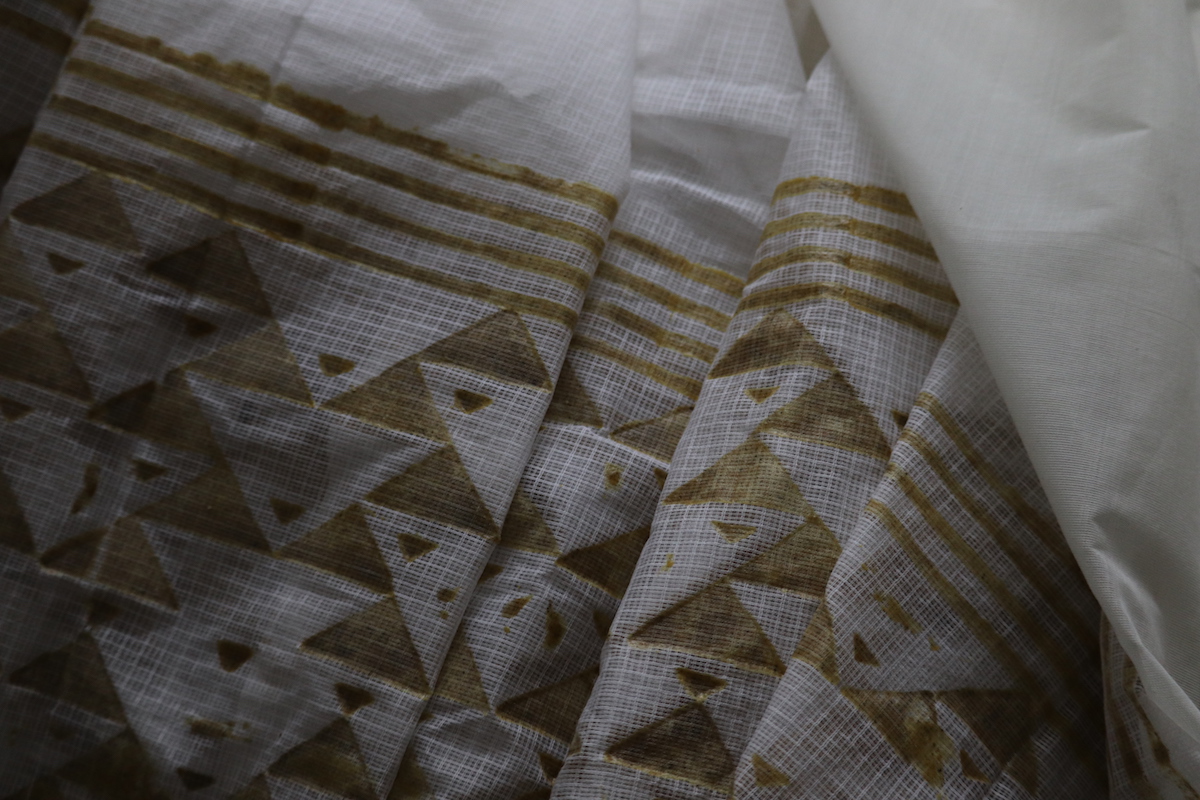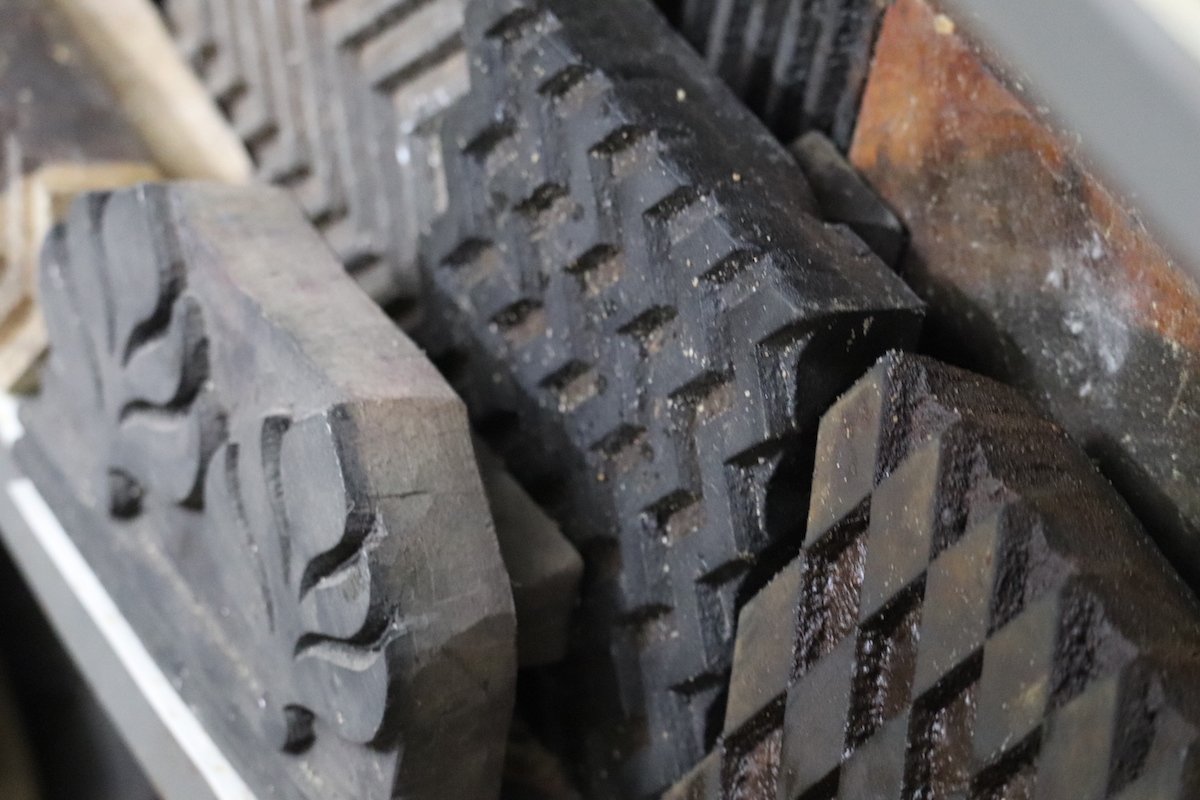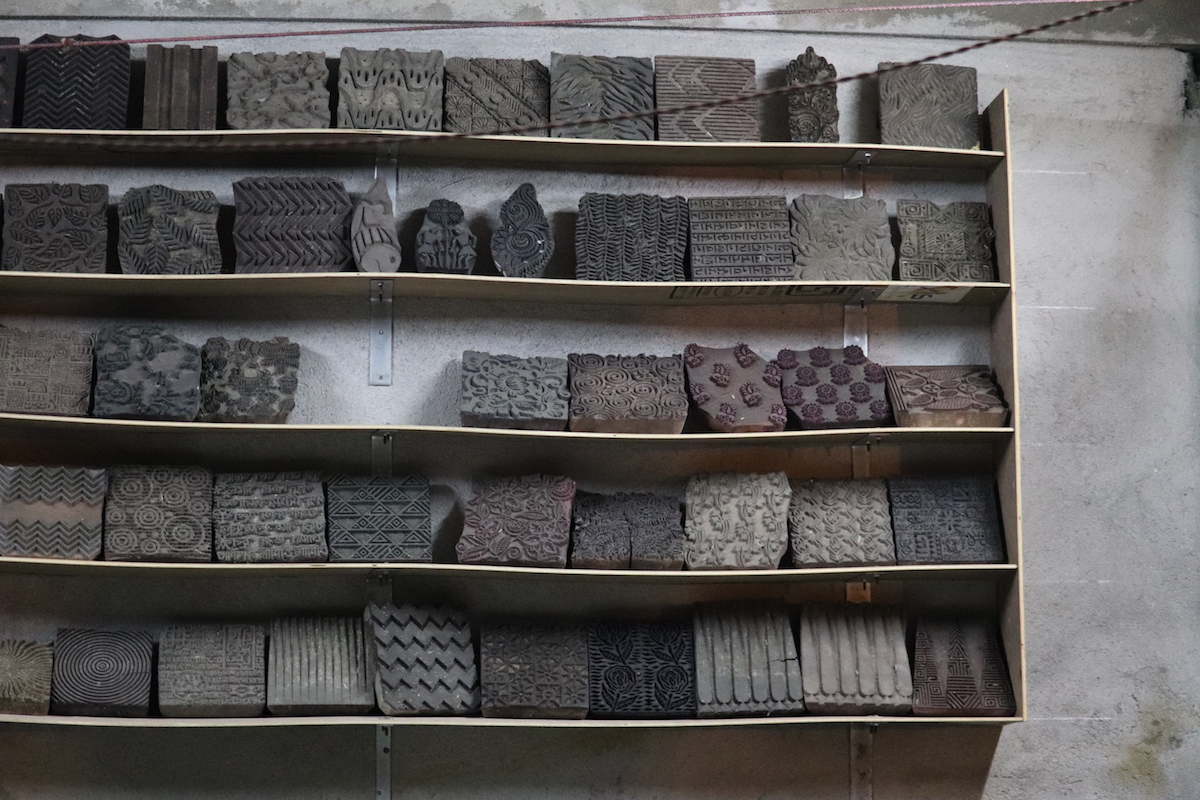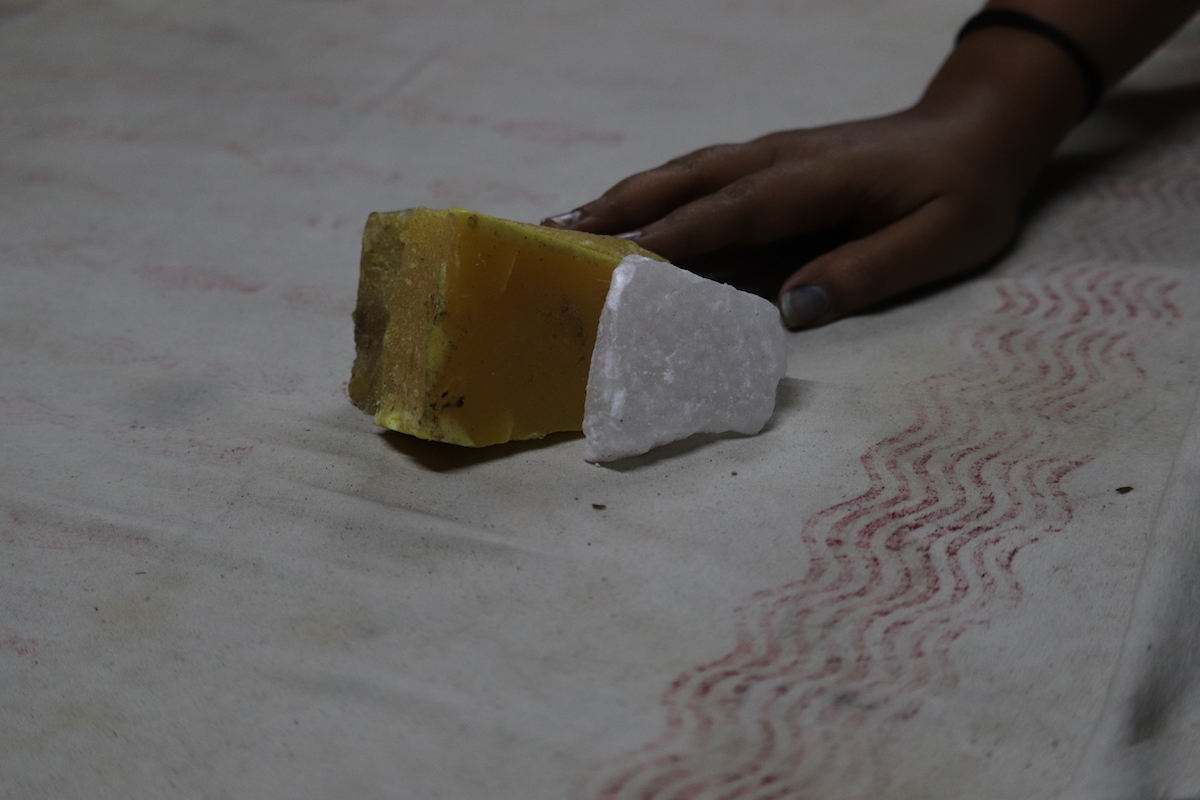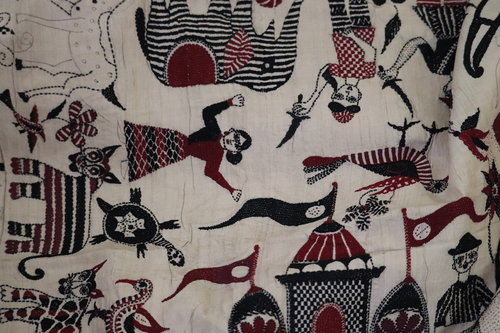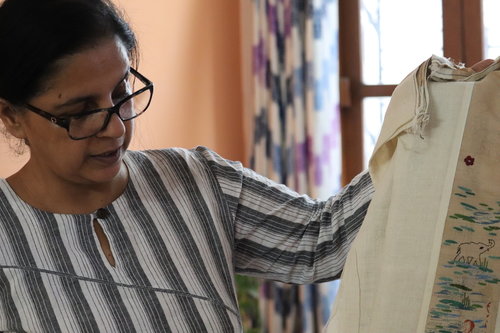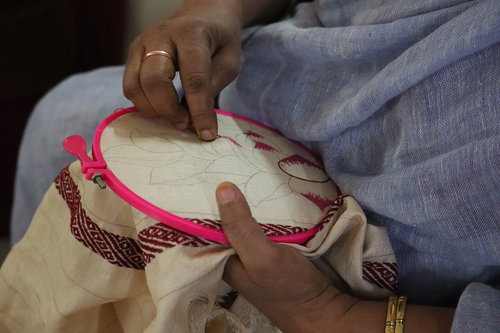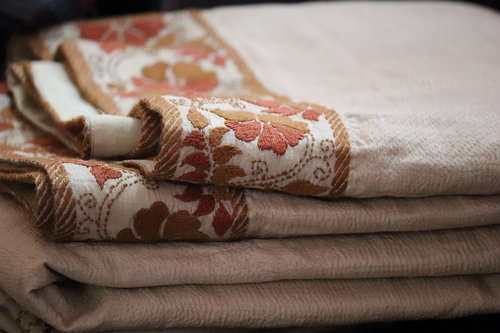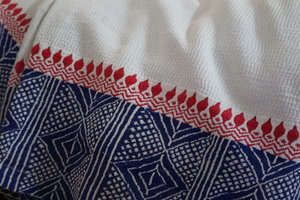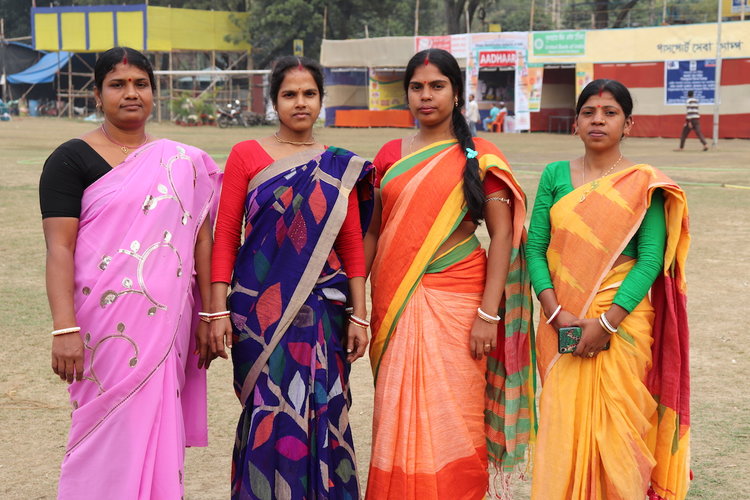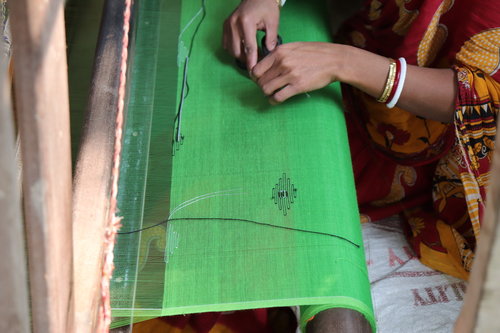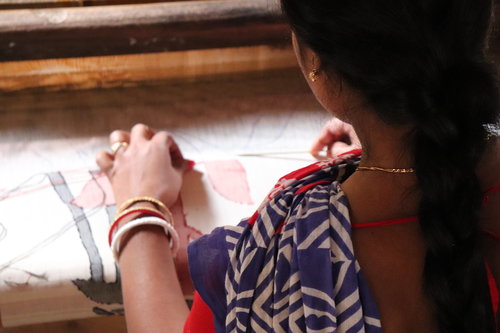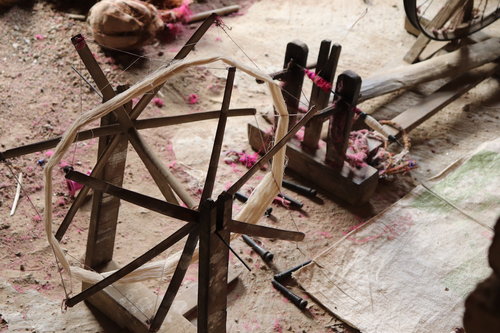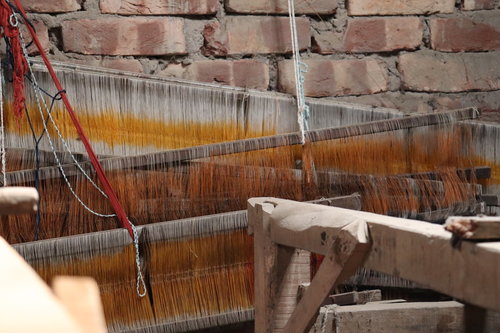Textile Journey Through Bengal
When talking about Bengal, one must start the narrative from a weaving cluster village as the textile heritage of the region boasts of some of the finest weaving traditions of the country. Upon reaching Bengal, about four hours north of Kolkata, lies Shantipur, a village of Jamdani weavers, who migrated from Bangladesh during partition. Traditionally, these weavers made dhotis, a drape worn by Bengali men, now reduced to occasional wear. Which is why they mostly weave saris for the local women. A master weaver, who hosted us at his workshop, shared with us how weaving involves the critical labour of his family members –his wife and his brother’s family weave for nearly six to eight hours a day. Sometimes it takes up to a week to make one saree which they sell for Rs.1500 (18 USD). An average of Rs.10, 000 is what a weaver makes per month (130 USD), which is slightly above the minimum wage. The big question is, what is the fair price for a traditional craft? Where does the difference lie between a skilled labourer and an artisan? Our host explained that mostly him and his wife visit the melas organised by the ministry that provide a platform to sell directly to customers; at other times, boutiques from the city commission them pieces. He explains that for him this is the best kind of job as he can stay close to the his artisanal tradition as well as live with his family as opposed to working in the city that would require him to live alone.
Reds and black were traditionally used but now there are more options in colours. I look for inspiration in other forms of art as well as in books and museums. During my mother’s time, they used to pull out threads from old saris to embroider but now I use anchor thread. I also collaborate with other artisans like Kashmira, who I have worked with for sixteen years. She is in the craft for tradition and it is a skill that gets her money as well”.
Mahamaya has trained artists and taught them to preserve the art. Speaking of innovation, Mahamaya likes to experiment with the base fabric like cottons and tussars. There is a lot of scope where the artist could bring themselves in the work with experimentation within the technique. Some of her new projects include graphic inspiration and also a mix of techniques like applique. A new series is being developed under her, which is inspired from the panels of Kamasutra. Mahamaya shares that most of the works are commissioned art pieces such as the ones recently sold to Reliance Foundation at the Swadeshi Bazaar, but a lot of orders in the form of wearable art such as dupattas or bed linen keep the workshop running.
It was pleasing to see the community spirit in the weavers and that women held an equal position in the trade. There are 50,000 weavers in Shantipur who mostly work on handlooms, but the market demand has been in the hold of power looms as well. He talked about the use of natural dye only on request or when the weavers are specifically provided with naturally dyed yarns by the boutique. Chemical dyes are cheaper to produce, thus making it a competitive product. The community has now formed a weavers’ society to bring more structure to the craft village where they try to solve issues of daily business. They hope for bigger, more concrete support from larger organisations in buying more looms and raw materials like threads. For the weavers, the biggest challenge is the money circulation, as they are only paid at the end of the month; most of their cash is invested in raw materials by that time. A common complaint is that the larger buyers work on consignments and refuse to pay for raw materials in advance, which for them is a big risk.
On our way back, we spotted some jute fields and trucks of jute being taken to the city, another fibre craft of Bengal. My rendezvous with the weavers in Shantipur and interactions with the master craftsmen left with me questions but also ideas. My visit to Mahamaya, a third generation Kantha artist and a National Award winner proved insightful. Some of his masterpieces include scenes from the Ramayana with Kantha stitch work.
“Illustrations makes for a naksha on Kantha which is the stitched layered fabric”, explained Mahamaya. Kantha stitch is typically a long running stitch; however, there is innovation today and Herringbone, Satin, and Button stitches are also used. Browsing through her pile I came across one that her grandmother had made, a 70 year old piece with natural colours.
Kantha is a way of storytelling through geometric patterns, figurative narratives, and floral illustrations. Mahamaya talks about her process and shares that she like to draw first on the fabric and then go by her instinct to fill colours into the piece of work. “Some of these works take years to make. Sometime I do the border and then another artisan fills the space inside.
The documentation trip to Kolkata would be incomplete without a meeting with Namrata, Founder of Biome Conscious Textiles. Her story of entrepreneurship came together as she was looking out of the window of life for inspiration to make her financially independent while also staying true to her values. She was at that time questioning consumerism. So, there she was, with no prior experience in business other than having some entrepreneurial DNA by virtue of belonging to the Rajasthani Marwari community. Then she encountered someone who was invested in herbal dyeing process for almost a decade. Naturally, it was the opportunity she was waiting for, to work in a social impact space through the world of clothing and fashion that she understood very well ever since her childhood. She finally found a product in her hands that finally that was in harmony with nature and not not promoting consumerism.
“I am but a tool in the hands of this movement I feel, that is living, working, singing through me”, she said, about starting her initiative, Biome Conscious Textiles. “I like to think, and question, it makes me act the way I do. I love clothes but not the indulgence”.
Namrata believes that clothes are a symbol of need, comfort, artistic expression, dignity, celebration, attraction, and more but they must not become the reason for environmental degradation and human exploitation. Biome represents the idea of a communique – of a clean present and a cleaner future that is invested in the welfare of everyone involved in the process.
Working with bio-degradable products is what keeps her going ahead in her journey. Endorsing, embracing and collaborating with other like-minded people are her sources of joy. “The smile on my client’s face and that they always get a compliment when they wear my clothes – it is priceless”. Today, Biome makes natural-dyed fabrics and customized garments. It identifies with the movement of integrating with nature. As part of that process, Biome also sells natural dyes and Namrata travels with natural dyeing workshops throughout the country.
She believes that work should not be for one person's fancy but instead should be collaborative and transcend differences. “In the end, work should unite, not divide”. Revolution starts with an individual but it must expand to the community as we are parts of one big whole. Nature is the intelligent system that has prevailed ever since life started, we can only grow and survive in harmony with it.
Namrata realized that we as humans need to engage our senses to relate to our physical presence in life. And only listening or reading are incomplete ways of sharing, understanding and experience the beauty of natural dyes. Through workshops, Biome facilitates spaces and guidance to dye your own fabrics, engage with the look, smell and feel of the dyes, and know how real and alive it is. Just like us.
This sustainable brand has also fanned its own umbrella into impressive categories. Biome Conscious Fashion is the brand under which they make and sell customized sustainable natural dyed clothing and fabrics for a consumer, designer or small brands looking for natural dyed fabrics. Biome Project is the identity under which they do workshops, awareness building, and interactive conversations and discussions on ethical and sustainable textiles. They are suitable for both children and adults.
Biome also hosts Dyes&Design, is a three-four days residential experience in a rustic, natural farm/ resort / forest/ sanctuary for enthusiasts and curious travellers to connect to nature, their bodies, mind and soul and explore sustainable practices including natural dyeing. “We have done four till now – in Jalpath in Kolkata, in Kanha Tiger Reserve in Madhya Pradesh, in Pench eco-resort in Madhya Pradesh, and in Vanvadi, a regenerated forest outside of Mumbai.
Then there are sessions called Bio-Gyan, where guest speakers and organisations are invited to talk about their works in the area of sustainability, learning as they share.
Biome Black is the newest initiative on the roll to take on a journey into understanding desi or indigenous cotton that grew before British wiped it and replaced it with American and BT cotton. It is still a journey right now. “I think we’ll call the project, ‘The Return’”, says Namrata.
BiomeXColor Ashram is the parent of all these initiatives. Namrata’s biggest turnaround was coming face to face with one man who was dyeing fabrics naturally with herbs and minerals for almost a decade; he was the starting point for all that is under Biome today. He has now created a physical space called ‘Colour Ashram’ in Assagao, Goa. We are collaborating on everything that is about sharing the knowledge, process, philosophy, and concept of herbal dyes, along with incubating research projects and inspiring young people or brands to transition from synthetic to natural dyes – be it an individual, student, company, designer, institute or a weaving cluster or village. The projects are under the tagline, H4: Head, hands and heart in herbal dyeing.
Biome is interested to adopt ‘grow local, buy and sell local and decentralize’. Hence, they have been exploring to work with the strong weaving heritage of Bengal and introduce natural dyeing to them as they are mostly working with synthetic dyes as of now. Also, instead of thinking of ‘export’, the focus is on spreading awareness amongst Indians, who form a significant hub of consumers and can afford the best fabrics without the need to trade the best out of our country. Imagine the impact it would create if Indian consumer market starts endorsing natural dyeing and hand weaving. Biome is also concentrating on natural fibres, sustainable man-made fibres, and hand woven fabrics along with naturally dyed threads and fabrics. Natural dye is the boundary that does not limit, but instead creates a balance between environment and our need for colours. Namrata makes it a point to collaborate with other sustainable field workers when she is touring for her workshops, especially with those who are working in education, food, lifestyle, and the like.
A piece of textile is a symbol of creation. So much has been created, imagined with warp and weft and has been an expression of art and design. Our textiles are our communiqué, our language various cultures marked it with their sense of aesthetics and there is deep history and heritage with what we wear and re-create over and over again. Design has been evolved in textiles in rhythmic dance with our lifestyle, socio-economic conditions, geography of a place and now it marks globalization. Another important driver has been ‘fashion’ and it has both pros and cons as anything in excess can result in.
Biome has always loved and learnt from collaboration and sharing. That’s been the constant motivation and satisfaction. “This one time, we happened to meet this bright, young student from Srishti School of Design and we came in touch with her work on flora and fauna, and a very imaginative expression of human mating a flower and the resultant evolution of life. When we interacted with her more, we discovered that she loves trees, can communicate with them and sketching plants alive is her passion. We took a look at her sketches and decided to convert them on our clothes through batik and herbal dyes. Thus started this experimental project of batik and painting with herbal paste. On board was the batik artist, Sushanto and Ghana, an artist from Chennai who was with us for that period. We released a collection and it was like a dream come true”, Namrata reminisces.
Paramita Kar Choudhury is a batik and block printing artist who also dabbles in shibori and clamp techniques. She started her journey with synthetic dyes but soon found the calling for natural dyes. She took her training from an experienced practitioner from Shantiniketan. Then she opened her unit and heart to embrace Biome as a collaborating partner to use our herbal dyes and process orders together in batik, block printing, and dyeing.
Indigo process that Biome follows and shares at workshops:
Take 2 parts of our refined lime powder and mix some warm water and stir for almost 10 minutes. Now add 1 part of our indigo sweetened powder and mix slowly and cover, removing all oxygen supply and light exposure for 3-4 hours. Now, open and check if the top is metallic purple and bottom is green. If yes, your indigo is active, alive and ready to go. Dilute if needed and put your fabric inside. Let it soak the dye and as you bring it out, it magically comes out green turning blue on exposure to sun’s light and oxygen. In time, it’s bright blue. Wash it after it’s dry with a mild soap and rinse in vinegar water and dry again. Ready to wear
I have all these ideas bubbling in my mind after all these interesting conversations, but for now I have treated myself to a naturally dyed blue and white Jamdani.



